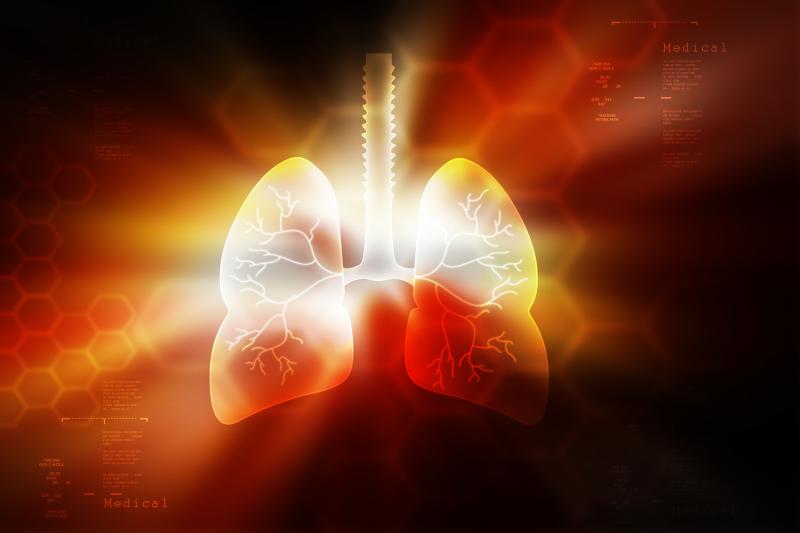
There appears to be a “highly expressed” osteopontin in the lungs of patients with severe pulmonary arterial hypertension (PAH), and this level of expression is significantly associated with disease severity, according to a study, suggesting a major role for osteopontin in the vascular remodelling process of PAH.
Osteopontin was one of the top five upregulated genes in PAH relative to normal controls. This was confirmed by reverse transcription polymerase chain reaction. Moreover, osteopontin was similar and equally elevated in different PAH subtypes.
Osteopontin gene expression showed a strongly significant association with mean pulmonary arterial pressure (PAP). In ingenuity pathway analysis, osteopontin was found to be involved in functions and networks relevant to angiogenesis, cell death and proliferation of pulmonary artery smooth muscle cells (PA‐SMC). Furthermore, no difference was found in osteopontin serum levels between patients with group I PAH and group II pulmonary hypertension (PH).
In this study, the authors conducted microarray analysis after extracting RNA from explanted lungs in 15 patients with group I PAH who underwent lung transplantation and 11 normal controls. They recorded PAP levels intraoperatively immediately before start of lung transplantion.
Serum osteopontin levels were measured in patients with PAH, group II PH and normal controls on the day of right heart catheterization.
“Osteopontin is a pleiotropic cytokine involved in the proliferation of PA‐SMC,” the authors explained. “Osteopontin is upregulated in the lungs of patients with PH associated with pulmonary fibrosis, suggesting that the lung is a source of osteopontin.”